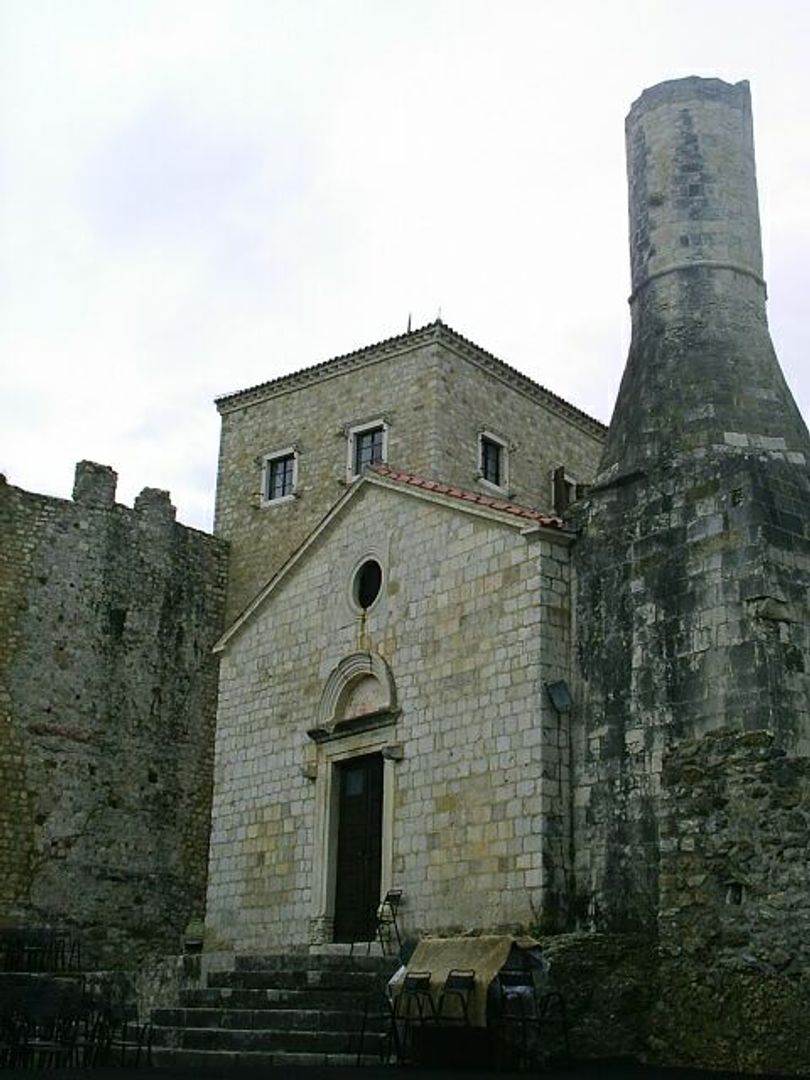Ulcinj Local Museum - Museum of Ulcinj
6.4

Overview
The Ulcinj Museum of Local History, also known as the Ulcinj Museum, is located within the Kalaja (Citadel) in Ulcinj, Montenegro. This local museum showcases archaeological, ethnographic, and artistic exhibits that trace life in the region from the 5th century BCE through the Turkish period. Housed in a building that was originally a church constructed in 1510 and later converted into a mosque in 1571, it stands as a fascinating example of sacred architecture repurposed across different religions. The museum’s archaeological collection features ancient Greek and Roman pottery, coins, and artifacts from the eras of the Montenegrin Vojislavljević and Balšić dynasties. The ethnographic section displays traditional clothing—particularly Albanian attire—jewelry, and local crafts, highlighting the area’s rich folk heritage. The museum is organized into several sections: the Archaeological Museum located in the Church-Mosque building, the Ethnological Museum, the Art Gallery in the Balšić Tower, and additional archaeological exhibits in the cells surrounding the former Slave Market. A notable aspect of the museum is the building’s own history of adaptive reuse, reflecting the region’s shifting historical currents and the coexistence of diverse cultures and faiths. More than just a repository of local history, the museum serves as a significant cultural landmark in Montenegro, inviting visitors to explore Ulcinj’s multifaceted past.
Location
Country
2025 Wizytor | All Rights Reserved